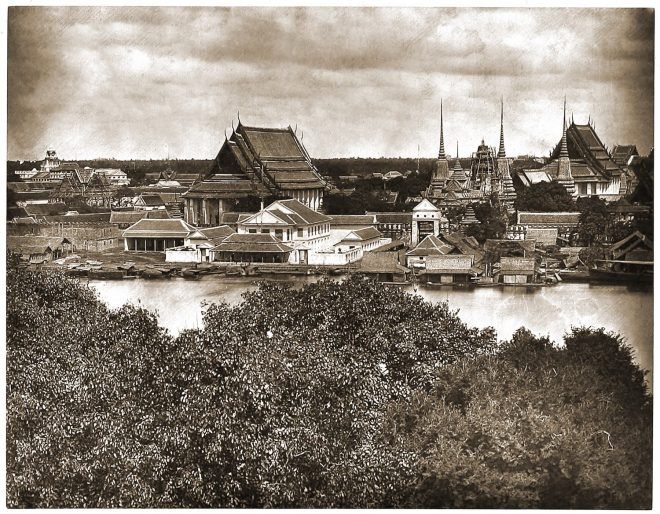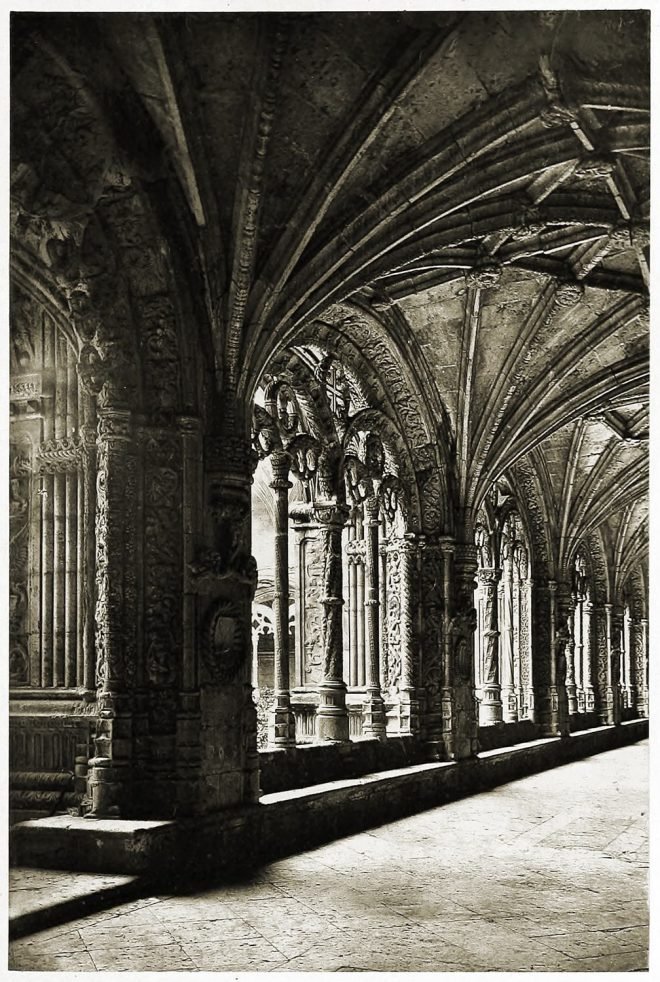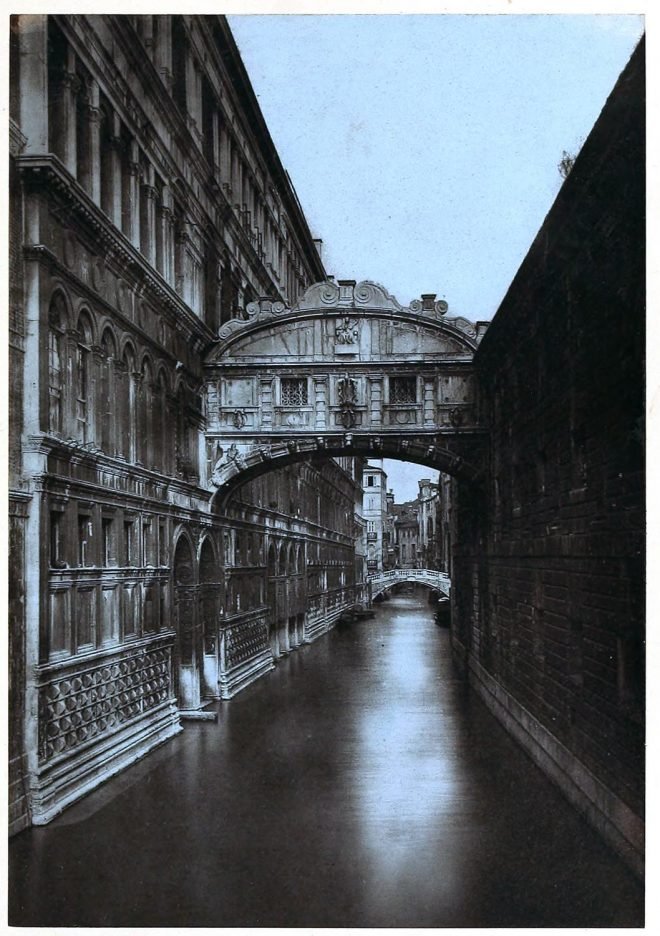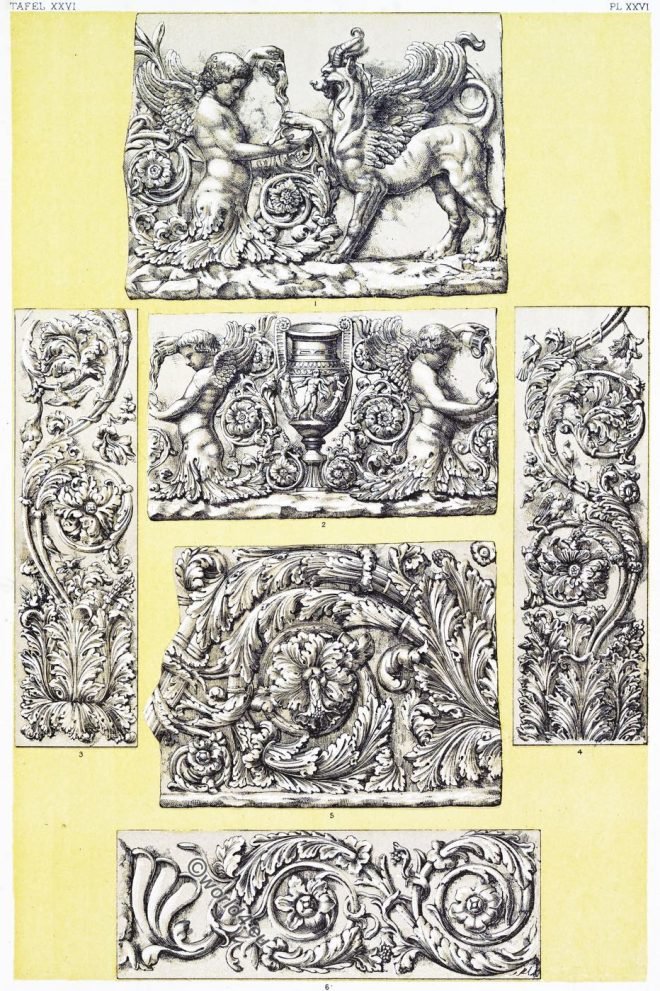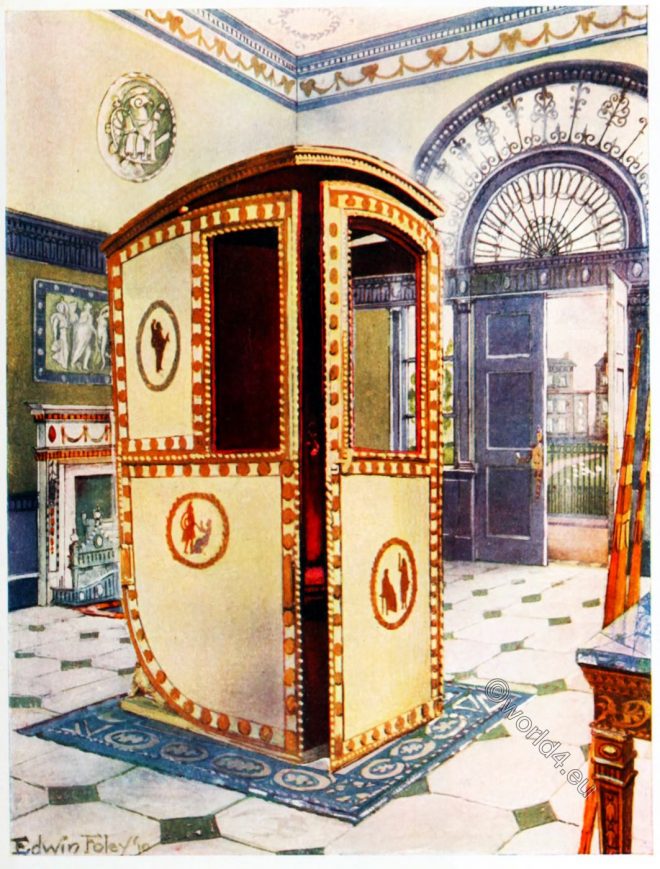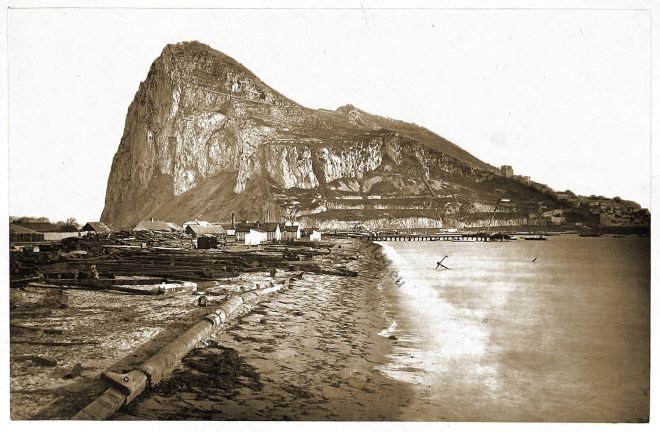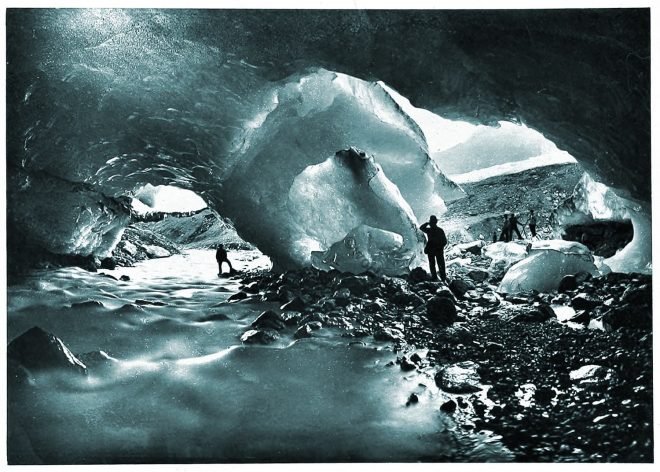Bangkok, capital of Siam in 1875. As one steams up the broad river to the capital, the scene, at first sight, is purely Oriental.
Goldsmiths’ work and jewelry by Gilles L’Egaré. France 18th century.
Some of the clasps, called châtelaines, with which this plate is filled, belong to the style which was in fashion from 1719 to 1745
The cloisters of Belem. Lisbon, Portugal.
The Church and Convent of Belem built by the rich and pious King Emmanuel, in the year 1500, to sanctify and to commemorate the greatest of Portuguese maritime events.
A colossal head of Minerva, a specimen of very early Greek work.
Ancient Greek sculpture. Head of Minerva. A description of the collection of ancient marbles in the British Museum
The Bridge of Sighs as the centre of the Byronic idea of Venice.
No other city is so fascinating to the imagination, so rich in associations, or so picturesque, as Venice.
The Roman Ornament. Corinthian and Composite Capitals. The Acanthus.
the Corinthian capitals. The pilasters from the Villa Medici are as perfect specimens of Roman ornament as could be found.
Nave of Wells Cathedral. Main work of early English Gothic architecture.
Nave of Wells Cathedral completely furnished with pointed arches. It is the main work of early English Gothic architecture.
Sedan Chair. Designed by the Brothers Adam. England 1776.
PAINTED AND LACQUERED SEDAN CHAIR WITH DOMED TOP. Designed by the Brothers Adam for Lady Watkin Williams Wynn. Now in the Bethnal Green Museum. Circa 1776.
The rock of Gibraltar. No finer panorama could be imagined.
The rock of Gibraltar separates the Atlantic from the Mediterranean. On the highest part of the rock stands the Signal House El Hache.
The Ice Cavern, or natural grotto of the Alpine world.
The Ice Cavern one of the most charming natural phenomena of the Alpine world.

